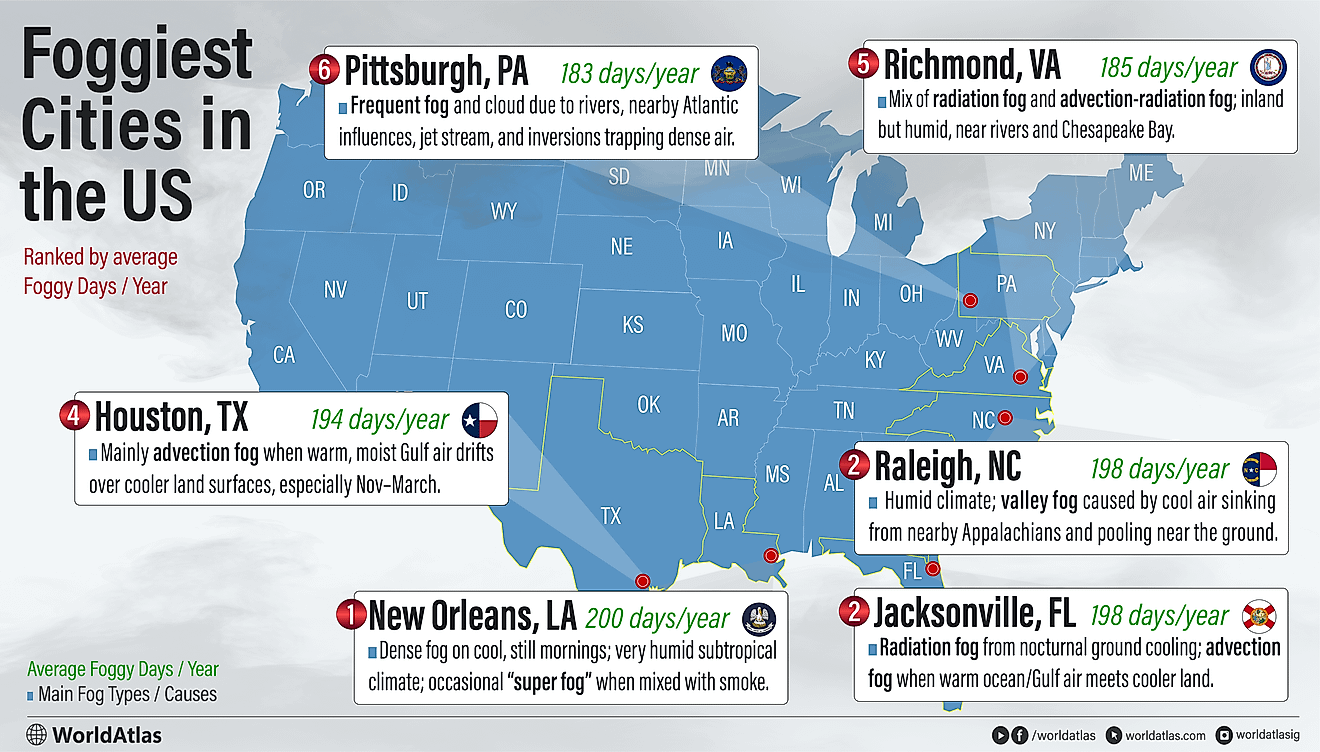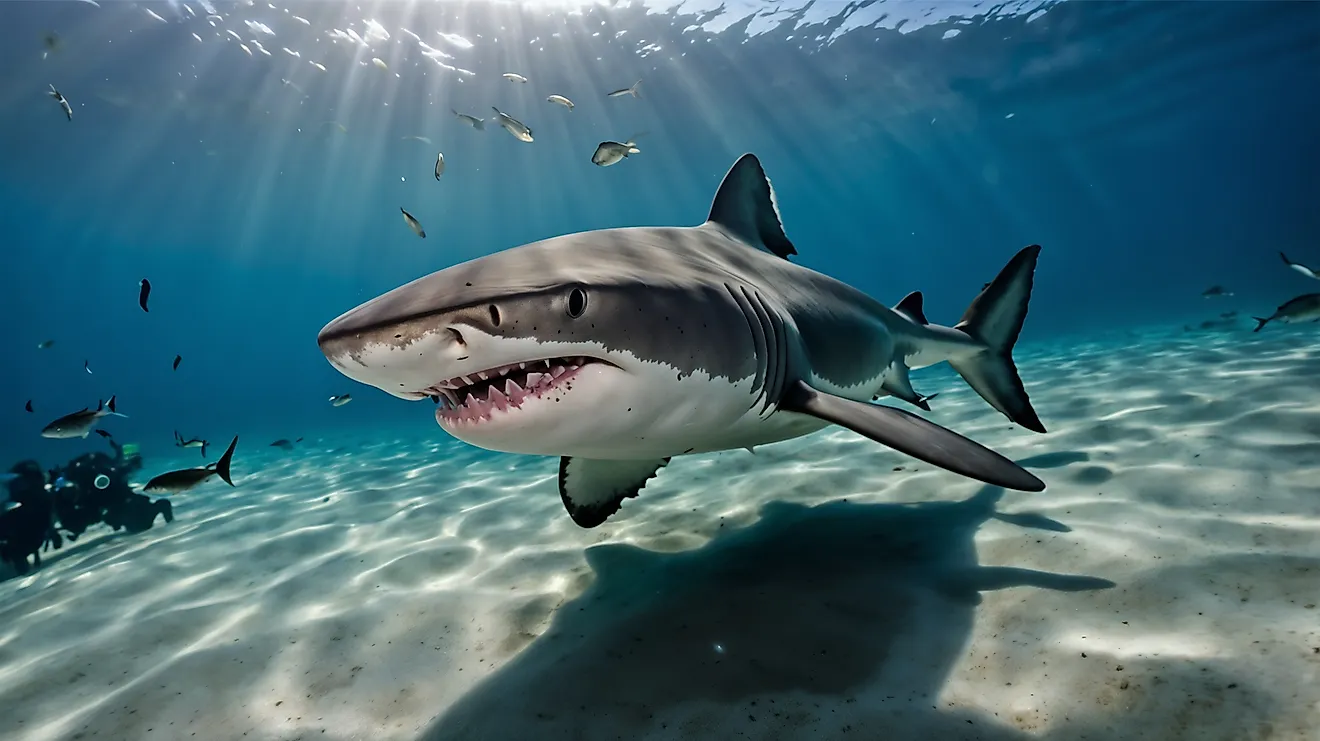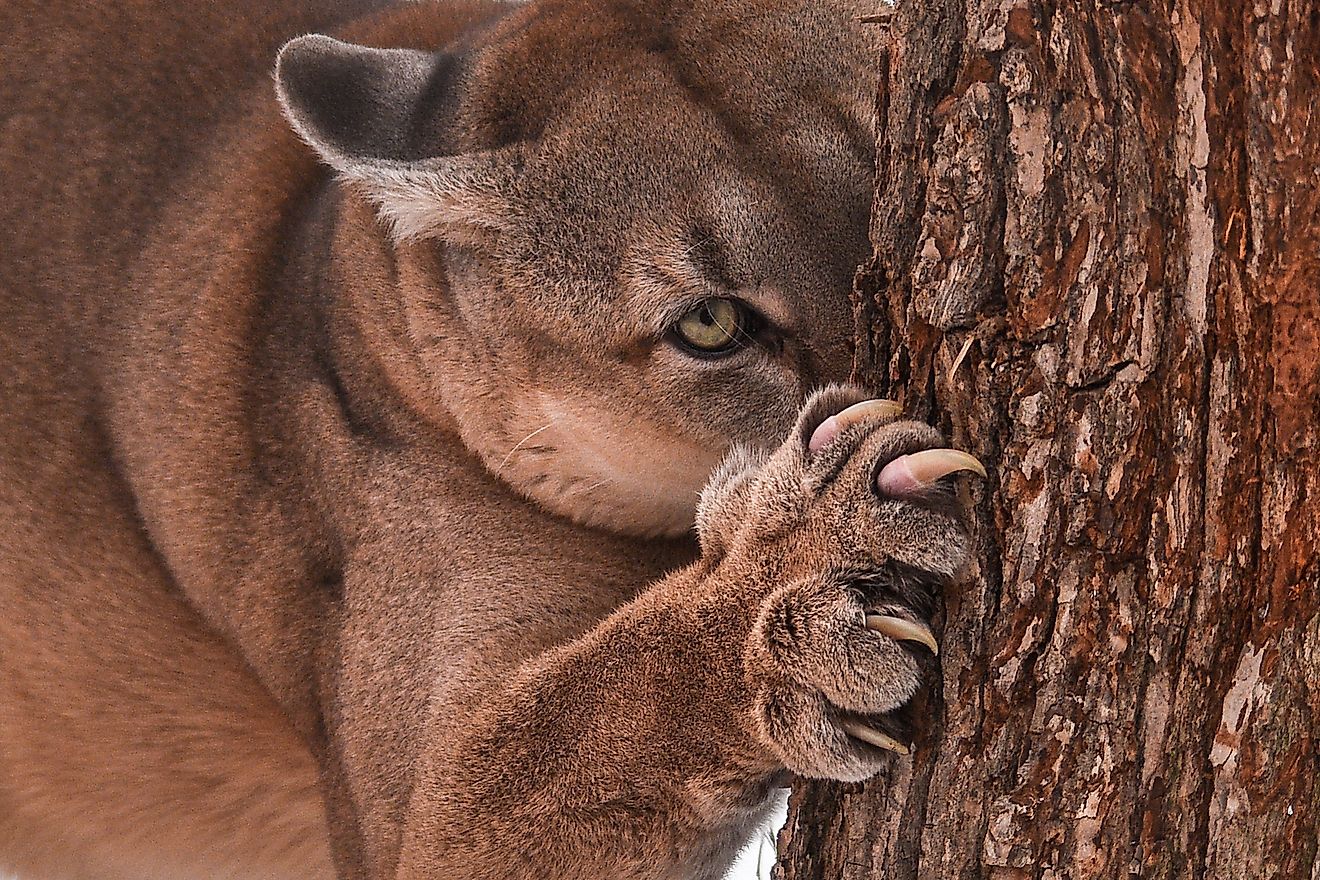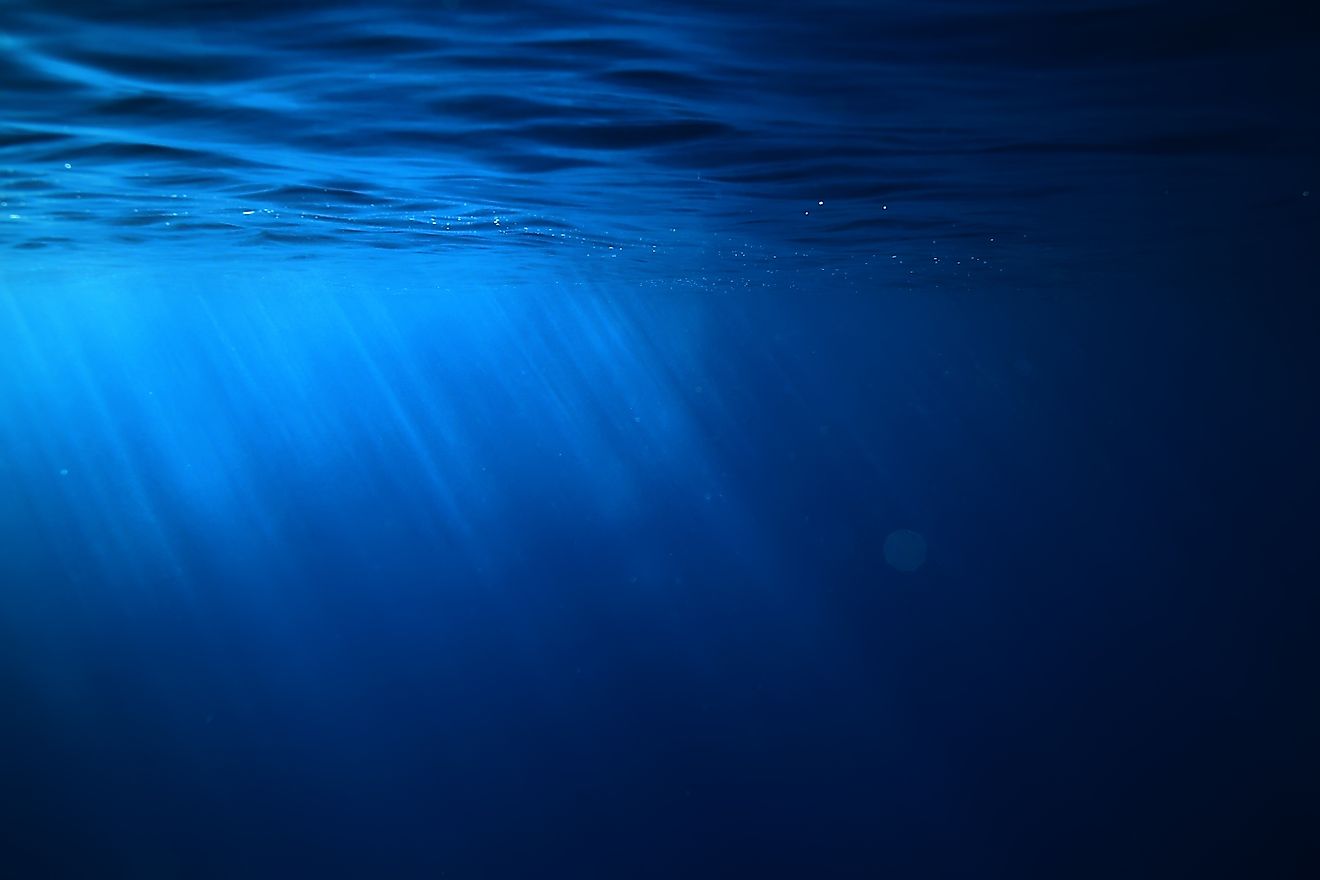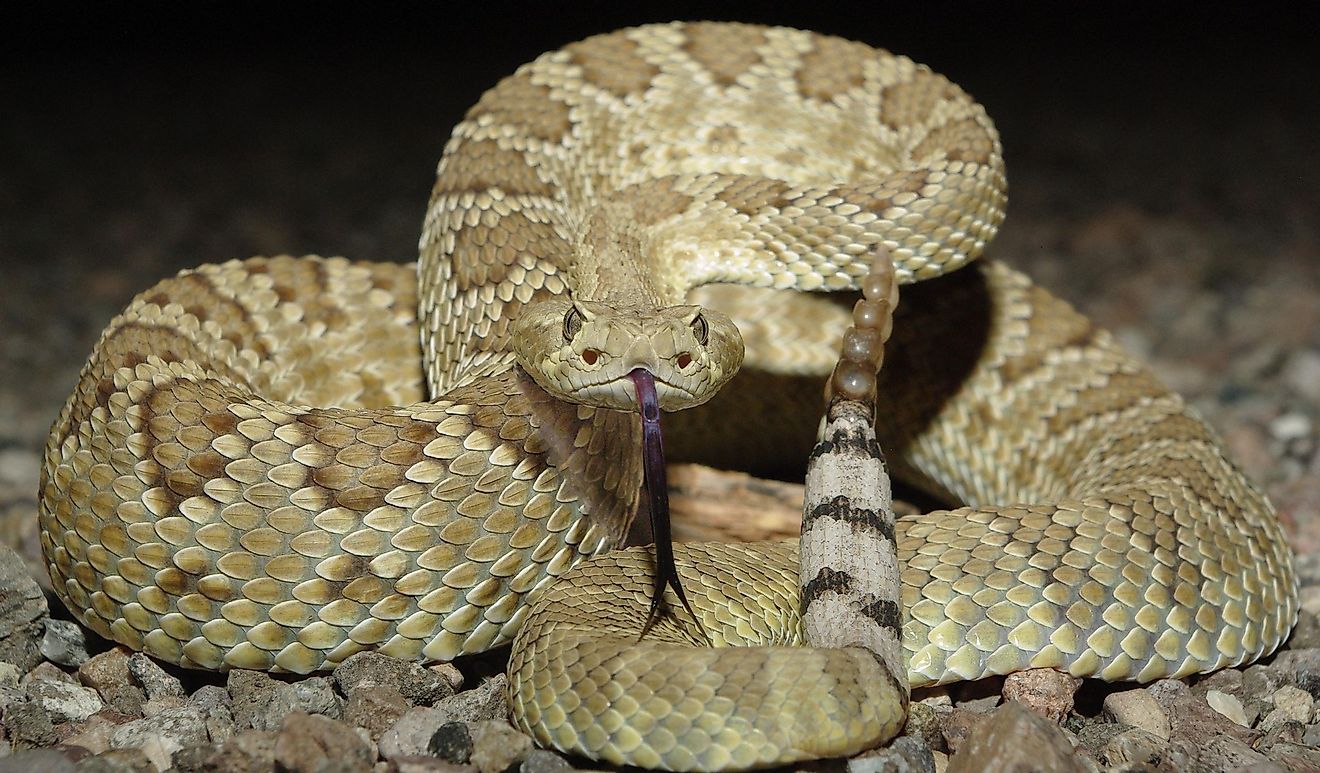
Dolphins and the Birth of Aquatic Names
How a creature communicates tells you a lot about its intelligence. Dolphins are well-known as one of the smartest creatures on the planet, but the depth of their intelligence is especially apparent when looking at the complexity of their communication. These incredible marine mammals have ‘names’ for each other, just as humans do, and use these names to chatter among themselves.
Very early in their development, within the first few months of life, dolphins acquire their own signature whistle that is unique to them. Research suggests these sounds come from their mothers. This whistle stays the same throughout their lifetime and acts as the dolphin’s name, giving members of their social group a way to communicate with each other. Since dolphins are excellent vocal mimics, they can pick up another’s whistle within seconds of hearing it, copy it, and remember it for decades.
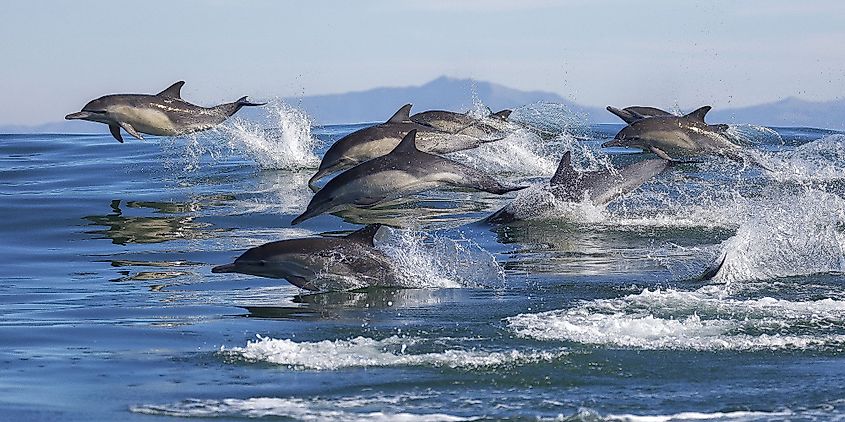
Not all dolphin species use signature whistles. The phenomenon has been widely studied in bottlenose dolphins since the 1960s, but there is also evidence that it may occur in spotted dolphins, Pacific white-sided dolphins, and humpback dolphins. Whales may also use aquatic names, with sperm whales possibly communicating with specific clicking patterns. On land, elephants and parrots also have unique ways of addressing each other.
However, when it comes to the sophistication of signature names, dolphins come out on top. No other animal uses such a complex sound in such inventive ways.
How do Dolphins Whistle?
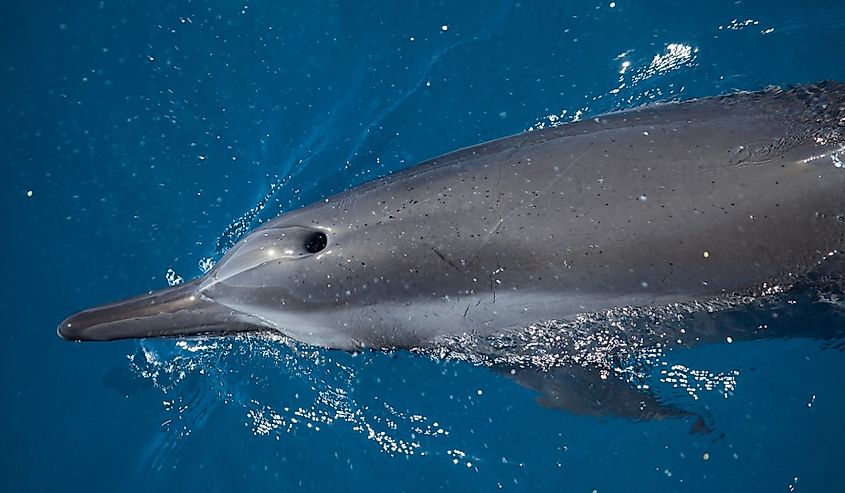
Dolphins whistle by pushing air through their blowhole. Using the muscles around the blowhole, they can manipulate the air to produce different frequencies.
The whistles are extremely sophisticated, varying in frequency, pitch, length, and pattern. A 2022 study, published by Frontiers in Marine Science, tracked around 300 dolphins over four decades and found that not only are signature whistles incredibly complex, but they can also be varied when needed, with the dolphins repeating sections, changing the pitch, or skipping segments. Further research is needed to know why dolphins do this, but researchers theorize that it could be to convey emotional states, perhaps similar to how people can display emotion by changing their tone.
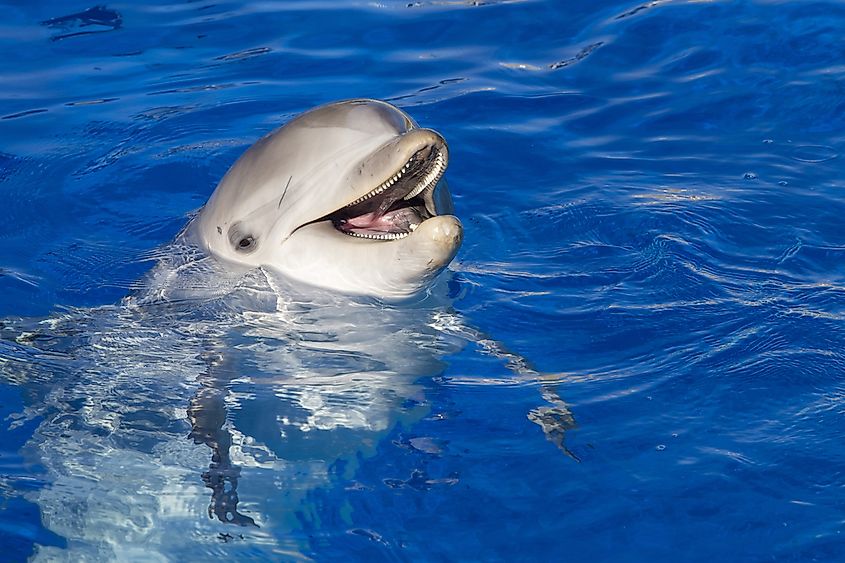
Another surprising detail about a dolphin’s signature whistle is that it can vary according to location, a bit like having an accent. By studying bottlenose dolphins in different areas of the Mediterranean Sea, scientists discovered that whistles can have different styles, depending on where each group lives. The dolphins that lived among seagrass had shorter and higher-pitched whistles than those living in waters with a muddy seafloor.
Why Dolphins Whistle
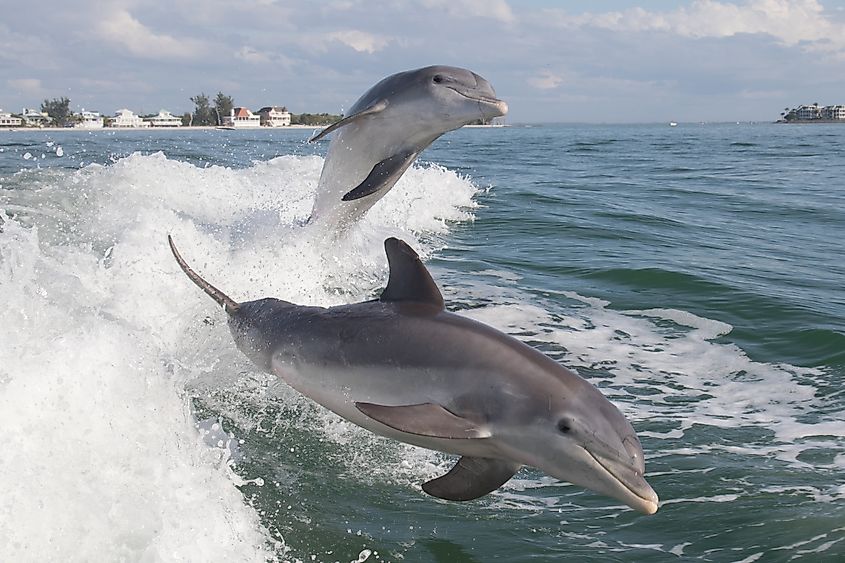
Dolphins are very talkative and extremely social. Their signature whistles are one of their most common forms of communication. They say their names all the time, and researchers have discovered that they are using them almost exactly as you would expect—to introduce themselves, to maintain bonds, and to find each other.
The most common use is in greeting. When two dolphin groups encounter each other, they will pipe their whistles as a way of saying hi. According to one study by Nicola Quick and Vincent Janik in 2012, dolphins use their signature whistles nine times more often when they meet other dolphins than in any other social interaction. Interestingly, dolphins don’t use their signature whistles much within their own groups, which makes sense. There is no point in introducing yourself to your own family!
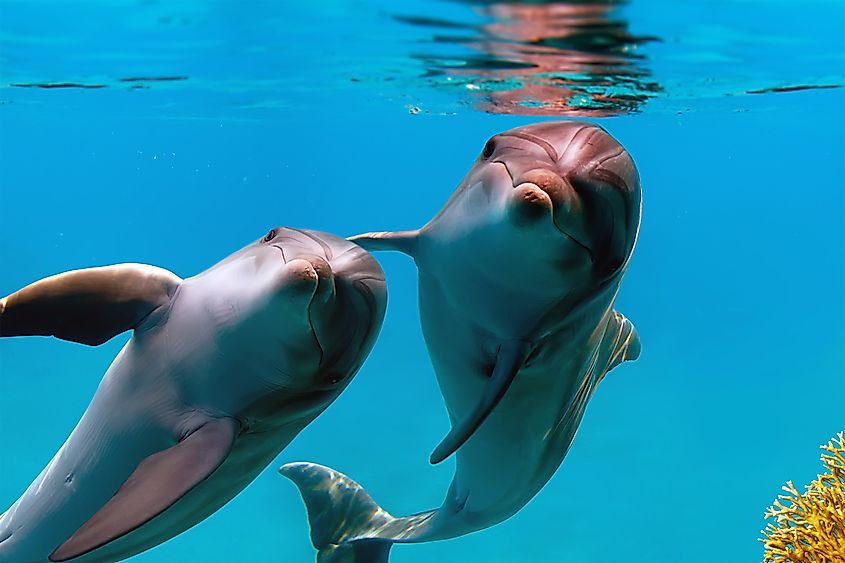
Dolphins in captivity will give their whistle if they are separated from their group to stay in touch and signal where they are. Similarly, if a mother is separated from her calf, they will both frequently make their signature whistle until they are reunited.
There are also occasions when a dolphin will make another’s signature whistle, mimicking the other's sound to get their attention. However, they are very discerning about who they copy. A study by a team of marine biologists from the University of St Andrews shows that dolphins will mimic the whistle of those with whom they have the closest social bonds. Although more research is needed, the authors of the study believe they do it to make contact with a particular individual, the same way you would call out to a friend in a crowd, or if you lost them.
Whistles Under Threat
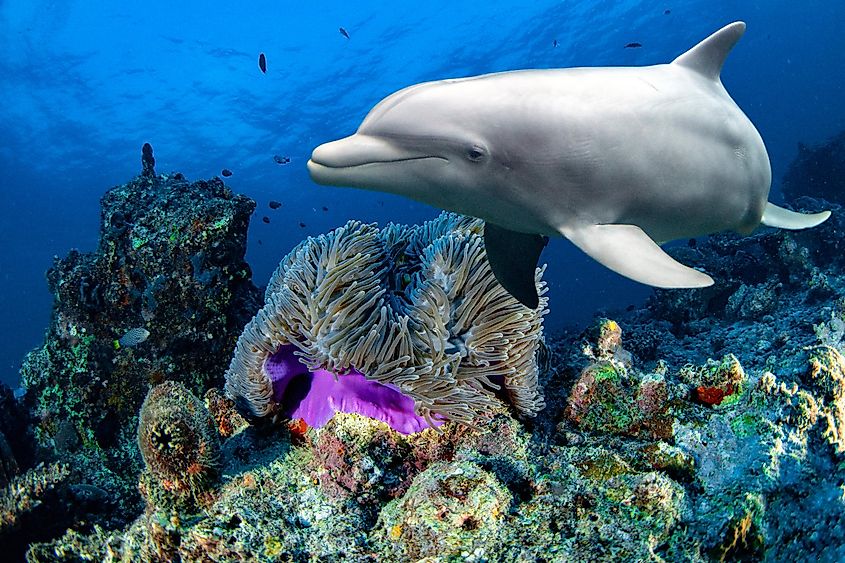
Sound travels almost five times faster in water than in air, and dolphins rely on this means of communication more than any other. While they are swimming, hunting, or traveling, they are talking.
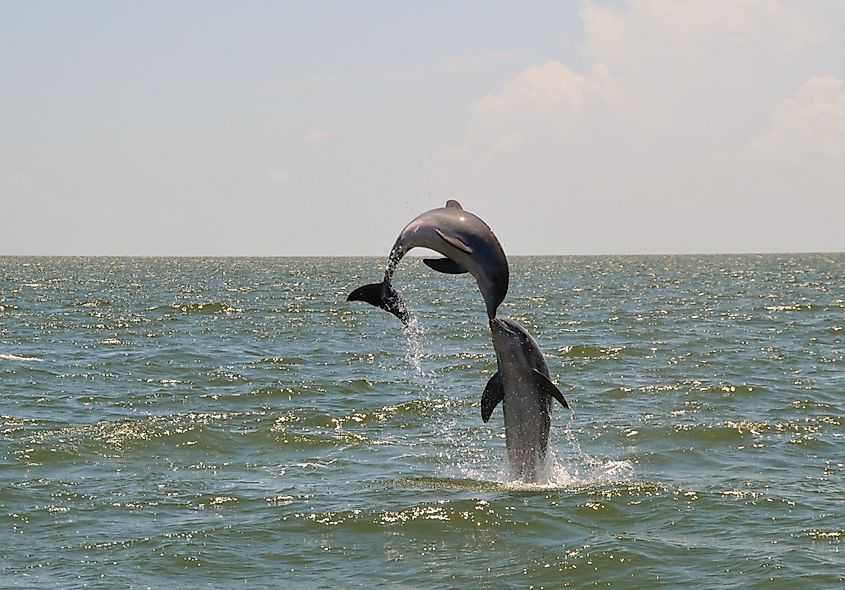
Even after more than 50 years of research, there is still so much we don’t know about dolphin communication in general and signature whistles in particular. Are dolphins capable of talking behind each other’s backs? Do they gossip? Do they use their signature whistles aggressively? What are the main differences between their use in the wild and captivity? With so many unanswered questions, there are plenty of opportunities for further study of this fascinating phenomenon.
In the meantime, this unique underwater communication is under threat. As the human footprint expands, our seas and oceans are getting busier. This increase in shipping traffic has led to a very noisy marine acoustic environment. A 2017 study by the University of Queensland found that high levels of underwater noise from vessels changed dolphin behaviours and sounds. When there was a lot of noise, the dolphins produced shorter whistles with wider frequencies.
It is difficult to know exactly how increased marine traffic affects dolphin communication, but it is clear that it is having an impact. With more technological tools, scientists hope to better decipher what dolphins are saying to find the answer to this and other questions. Tech giant Google recently teamed up with the Wild Dolphin Project to develop DolphinGemma, a foundational AI model trained to learn the structure of dolphin vocalizations. With this project underway, there is a chance that one day in the future, humans will be able to unlock the secrets of a dolphin’s signature whistle and enter a new era of dolphin-human communication.

